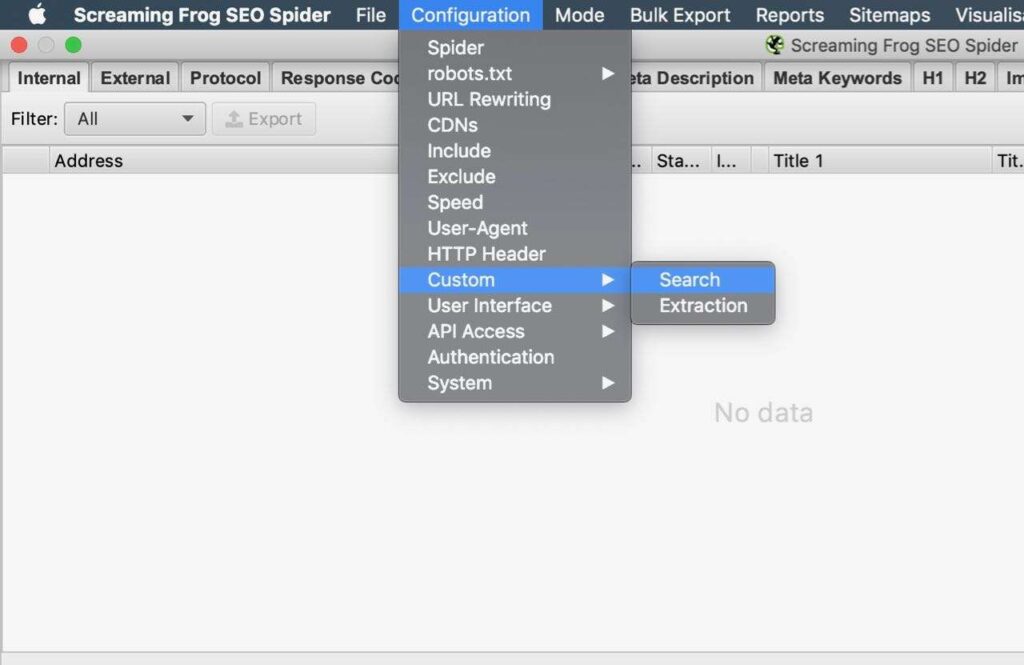Founded in 2009, and frequently recognized as a leading SEO agency in Denver, my team and I have seen many new digital marketing tools and technologies emerge and evolve over time. With a vast interest in making the Internet safer and faster, Google continues to create and make available tools that help website owners achieve this goal. Probably one of the most valuable, yet, not very well understood tool is called Google Tag Manager.
I recently had the opportunity to interview fellow online marketing expert Josh Martin about Google Tag Manager. You can watch the playback of our interview right here:
I also invited Josh to draft a guest blog post with his top five Google Tag Manager tricks and hope that you’ll find the time to read his article. It’s well worth your time.
5 Advanced Google Tag Manager Tricks You Need to Know
By Josh Martin, Denver Marketing Solutions, LLC
 Google Tag Manager (GTM) is a tool that allows you to manage all of your websites tracking scripts, pixels, and 3rd party plug-ins. I have been using Google Tag Manager since its inception, in 2012. It has dramatically changed how my team and I work with scripts, SEO edits, and nearly all marketing platforms. Thanks to GTM the amount of time I spend dealing with developers or swimming in HTML has been drastically reduced. This is because using GTM only requires a basic understanding of HTML and website structure. Making it so once large and time-consuming development projects are reduced to a few clicks and minutes. Think of GTM as a trap door into your website, that you use to add and remove tracking scripts, SEO information, or your own custom HTML script(s).
Google Tag Manager (GTM) is a tool that allows you to manage all of your websites tracking scripts, pixels, and 3rd party plug-ins. I have been using Google Tag Manager since its inception, in 2012. It has dramatically changed how my team and I work with scripts, SEO edits, and nearly all marketing platforms. Thanks to GTM the amount of time I spend dealing with developers or swimming in HTML has been drastically reduced. This is because using GTM only requires a basic understanding of HTML and website structure. Making it so once large and time-consuming development projects are reduced to a few clicks and minutes. Think of GTM as a trap door into your website, that you use to add and remove tracking scripts, SEO information, or your own custom HTML script(s).
However, the purpose of this article is not to define GTM, rather I hope to help you redefine what it can do for you. Over the years I have developed a set of must-have tags in your “GTM tool belt”. Below you will find my Top 5 must have Google Tag Manager tags:
#5. Ensure GTM is Installed Sitewide
Many marketers are familiar with Google Chrome extensions that check if GTM is installed and firing on a page; such as, Google Tag Assistant. However; how do you check that GTM is installed sitewide?
By using a program called “Screaming Frog”. When you open Screaming Frog, select the “Configuration” menu and then choose “Custom > Search”. This brings up a menu where you can configure a Custom Search Filter for your site crawl. Grab your container’s GTM ID (e.g., GTM-7654321), now select “search”. If your container is installed correctly the total pages crawled will equal the total pages crawled of your website.

#4. Track Outbound Clicks by Hostname
To do this you’ll be creating what’s known as an “Auto-Event Variable” that will get the hostname of the clicked link. In other words, Auto Event Variables let you access data points about interactions as they happen. So as awesome a someone clicking a link is, we can now get the hostname and timestamp of the link that was just clicked.
#3. Basic HTML Edits
GDPR got you down? Were you impacted by a manual pop-up penalty from Google? Don’t call your developer just yet. By using GTMs ability to insert HTML scripts, Java, or JQuery, you can often make quick changes to your site. Such as; add Cookie warnings, GDPR pop-ups, or remove elements from the site temporarily. While I do not suggest developing sites content with GTM, it can be a great bandaid to a problem. Giving you time to think about the best way to make a permanent change to your site.
#2. SEO Scripts
Similar to above you can use the “Custom HTML” tag to insert most of your SEO scripts. This includes all sorts of Schema markup, heat mapping, or rank tracking scripts. The beauty of doing it this way is, an account manager does not need to jump between different website platforms to make impactful changes.
#1. Conversion Linker
Conversion linker is a simple tool that is built into GTM as a tag. I recommend you set this up to increase the accuracy of your conversions on iOS and Mac devices. Many Google Ads and Microsoft Advertising accounts are not able to track conversions on these devices. By implementing this simple tool, you can fix this concern and increase conversion accuracy in multiple accounts.
Thank you for your interest in Google Tag Manager and for your time. If you have any questions please feel free to reach out to me.
Thank You, Josh!
I would like to thank Josh for sharing his knowledge and hope that you learned something new. GTM is only one of the many tools that can help you boost lead generation and sales from your digital marketing activities. There are many Denver SEO agencies but we take pride in our commitment to educate our customers about what tools and technologies could help them boost their bottom line.
Search engine optimization has become quite technical and even the smallest improvements could have a huge impact. Our free SEO audit tool provides you with an 8-page report in less than a minute and I’d be happy to discuss the findings of this report in a complimentary screen share meeting or phone call. Please don’t hesitate to reach out.
What’s Your SEO Score?
Enter the URL of any landing page or blog article and see how optimized it is for one keyword or phrase.
